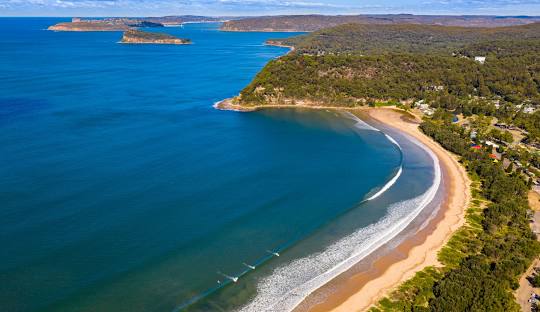
Exploring the Rich History of the Central Coast: Aboriginal Heritage and Early Settlement
Posted by on
The Central Coast of New South Wales has a rich and diverse history, with Aboriginal people inhabiting the region for thousands of years. The Kuringgai people were the first to come into contact with British settlers, and one of their most notable figures, Bungaree, became a significant figure in early Australian history. Bungaree was one of the first Aboriginal individuals to learn English and formed friendships with early British governors, including Phillip, King, and Macquarie. He even accompanied the famous explorer Matthew Flinders in his historic circumnavigation of Australia and was later declared "The King of the Broken Bay Tribes" by Governor Macquarie.
Along with the Kuringgai people, the Awabakal people lived around Lake Macquarie, while the Darkinyung people inhabited the inland areas west of Mooney Mooney Creek. These Aboriginal groups spoke distinct yet related languages, such as the Kuringgai, Awaba, and Darkinyung languages, which were different from the Dharrug and Sydney languages spoken in areas to the south of the Central Coast. However, the region’s Aboriginal communities suffered greatly due to disease, disruption, and violence following European settlement, which led to a significant decline in their numbers.
In 1811, the first land grant in the region was made by Governor Lachlan Macquarie to William Nash, a former marine of the First Fleet. This marked the beginning of colonial settlement in the area, though further land grants in the region did not occur until 1821. This early history highlights the deep cultural significance of the Central Coast and its transition from an Aboriginal homeland to a region influenced by British settlement.